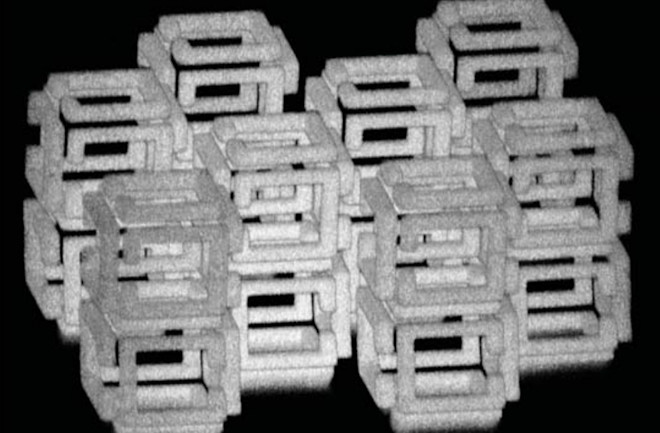The idea of shrinking things down to a more convenient size seems so enticing. It’s a superpower for Ant-Man, kicks off the adventures in Honey I Shrunk the Kids, and, of course, the Simpsons had fun with the idea too. (Shrinkage has come up in other contexts, as well.)
Scientists Create Tiny Nanomaterials By Shrinking Them
By Bill Andrews
Dec 13, 2018 7:00 PMMay 21, 2019 6:00 PM

A set of shapes the researchers created and shrunk, shown before the shrinking process. (Credit: Oran et. al/Science)
Newsletter
Sign up for our email newsletter for the latest science news
0 free articles left
Want More? Get unlimited access for as low as $1.99/month
Stay Curious
Sign up for our weekly newsletter and unlock one more article for free.
View our Privacy Policy
Want more?
Keep reading for as low as $1.99!
Already a subscriber?
Find my Subscription
More From Discover
Stay Curious
Subscribe
To The Magazine
Save up to 40% off the cover price when you subscribe to Discover magazine.
Copyright © 2025 LabX Media Group
